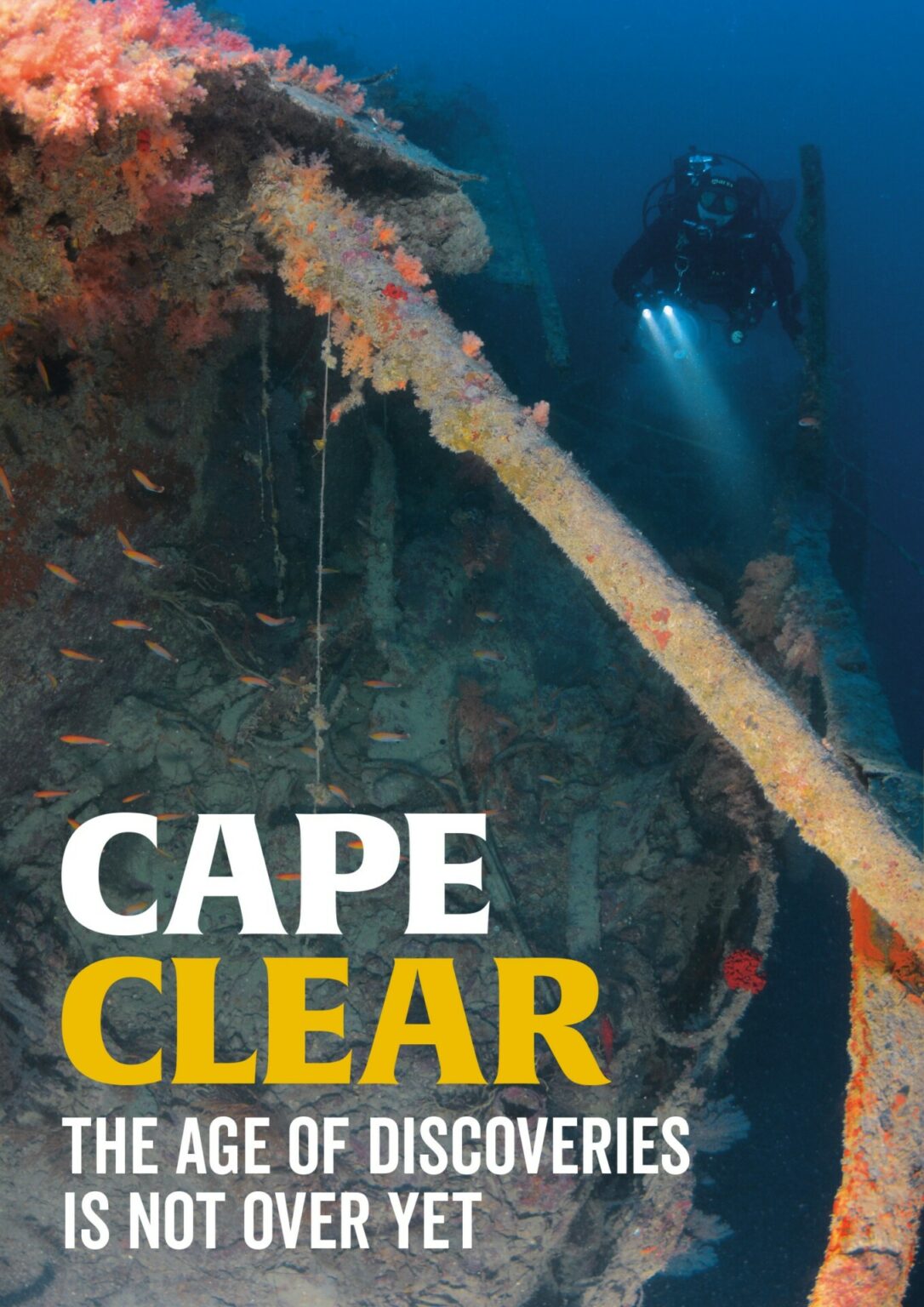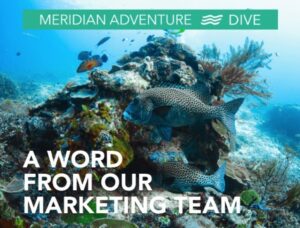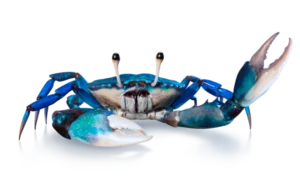Egypt’s prime wreck site, the Gulf of Suez, is full of sunken ships that are still virgin territory. If it wasn’t for the depth, at 130 metres long, the Cape Clear could well become a ‘new Thistlegorm’ for the 2020s, reckons Daniel Brinckmann.
Photographs by Daniel Brinckmann
Chilling and daydreaming is bliss when spring sunbeams do their magic, even in March. Especially when nothing is going on. Not that the target itself, the somewhat-mysterious wreck of freighter Cape Clear, could not be located. It just refuses to get moored.
The day before, six crew divers were doing their best to tie three ropes to the railing at about 60m, but even using scooters, the notoriously ripping current eight miles off the coast in the Gulf of Suez proved just too strong.
After fighting an exhausting battle against Mother Nature, liveaboard owner and tour guide Moni Hofbauer pulls the plug for the day. However, a quick call to a friend of a friend brings about the opportunity to dive an abandoned oil rig, which is mostly unheard of in the Red Sea.
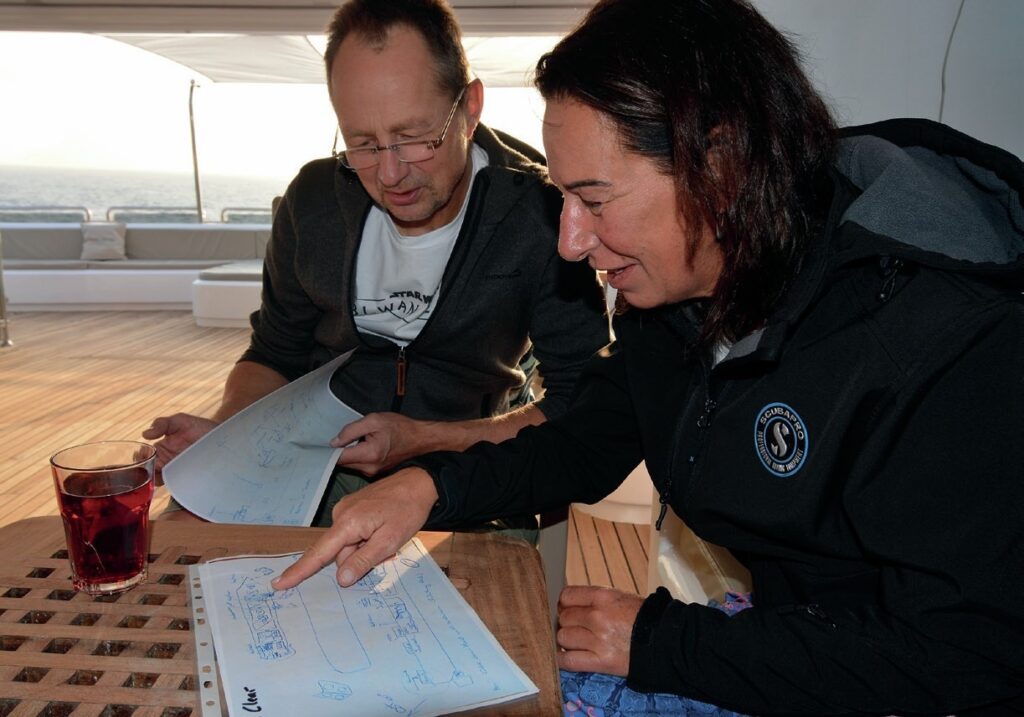
What lies beneath the waves may fall short of the gigantic, fish-infested superstructures so popular with American divers in the Gulf of Mexico, but still the pillars with their red sponge sugercoating are boasting some excellent macro, such as shrimps and many large pyjama and chromodoris nudis, plus surprisingly healthy coral. Lesson learned – when you run a designated explorer trip, you better come up with something new and unique.
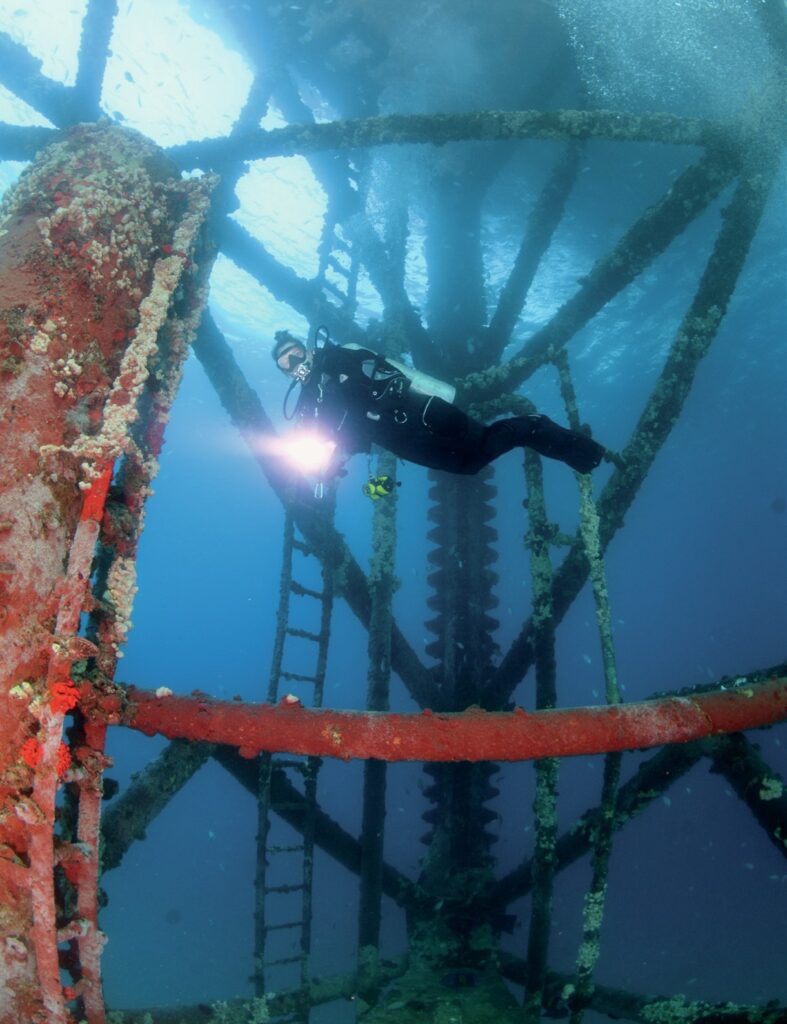
After hours of more physical exercise for the staff the next morning, the great moment has finally arrived by noon: “We’ve got the ropes sorted, the game is on.” Books and phones are dropped, coffees downed in one and whoever has not set up their rebreather, stage tanks and camera gear by now is racing down to the dive deck.
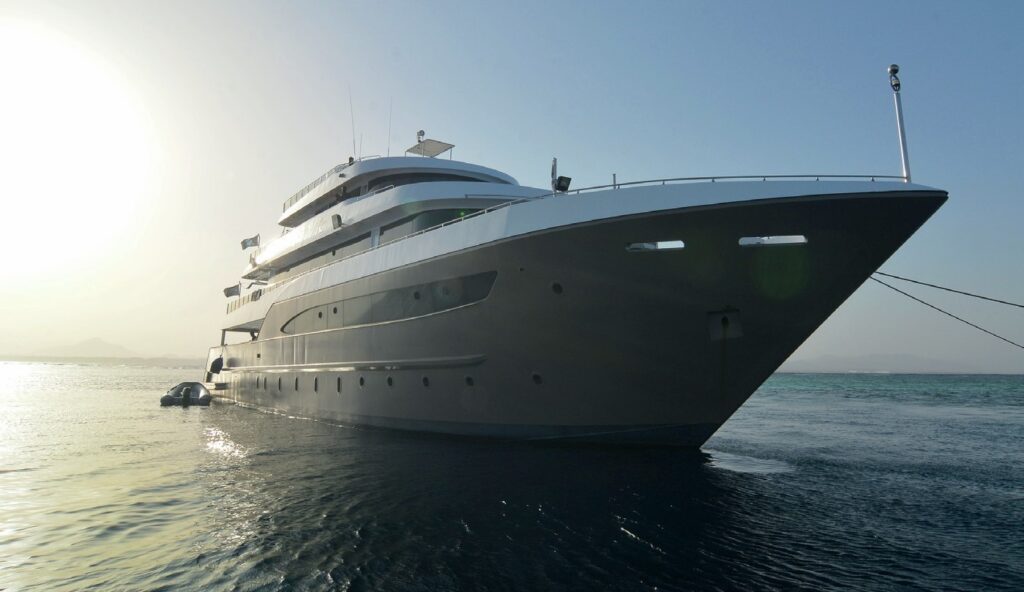
“The current has slowed down a bit and we already did our briefing on safety and the ship, but once again…”, Moni repeats rule #1, “…the wreck lies very close to the shipping lanes from and to the Suez Channel, with the respective amount of decompression time and strong currents that can set in at any time, stay close to the ropes as an open water ascent is simply a no-go.”
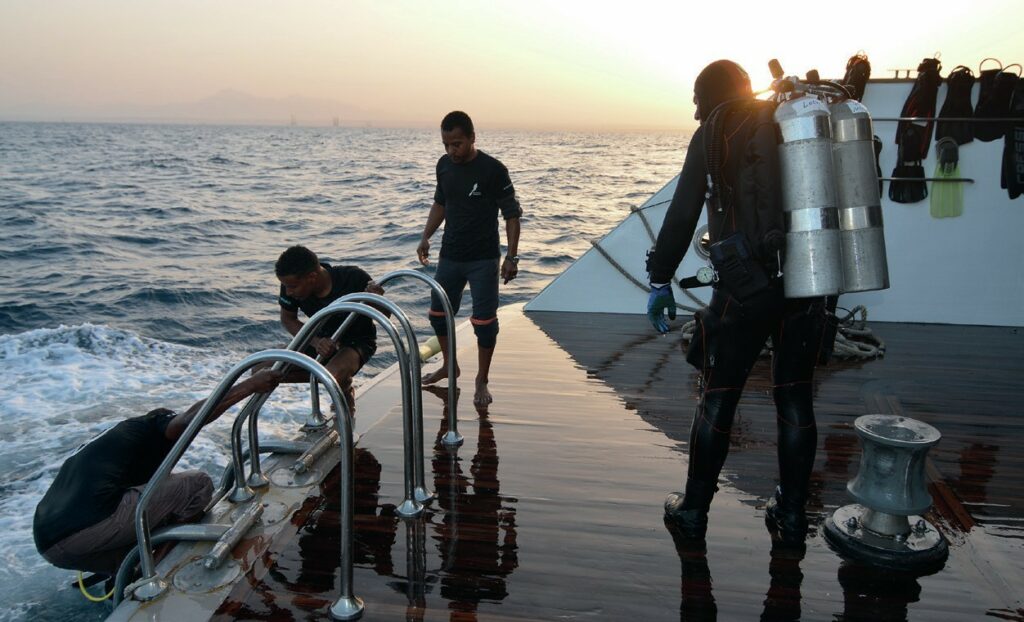
After the big step off Spirit of Omneia’s diving platform, the surface current pushes us right at the rope and with clenched fists, we work our way down into the twilight zone.
Instead of the typical crystal-clear cobalt hue of the Red Sea, our chilly blue is murky at 10 to 15 metres viz and full of particles, which is normal in the rather shallow and sandy Gulf of Suez.
Thick flocks of blooming plankton fly past, but no matter the sediments and the low apex of the sun’s motion in spring, when the wreck first comes into sight, it is nothing short of a revelation – the huge cargo ship of 134 metres came to rest more evenly on the sandy bottom than most ships scuttled as attractions for divers.
Due to the lack of coral pinnacles that far up in the North, Cape Clear has long become an artificial reef oasis that few other wrecks in between Aqaba and Sudan can match.
The deck and openings to the four cargo holds are densely covered in sea fans and glassfish, while clouds of anchovies and fusilier hang in the blue above schools of surgeonfish roaming the wheelhouse.
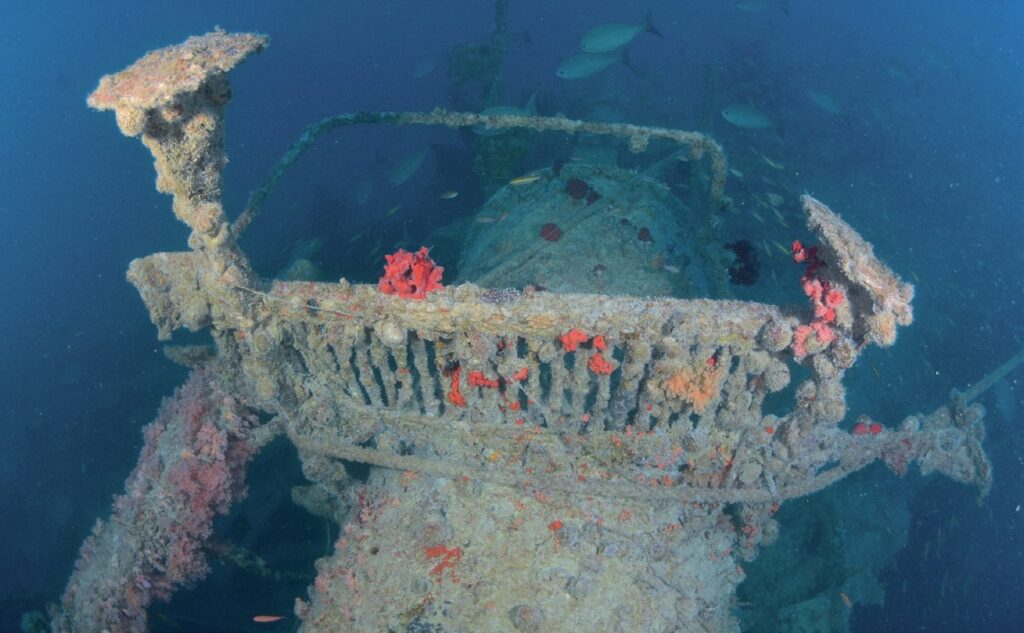
Dense layers of soft corals in every colour of the rainbow overgrow exposed structures like davits and smokestacks.
Grouper and large Arabic angelfish hide among large colonies of black coral, crevices and the crack that possibly caused Cape Clear’s swift demise on 21 August 1944, when it collided with the US Liberty ship Dearborn enroute from Basra to Hampton Roads.
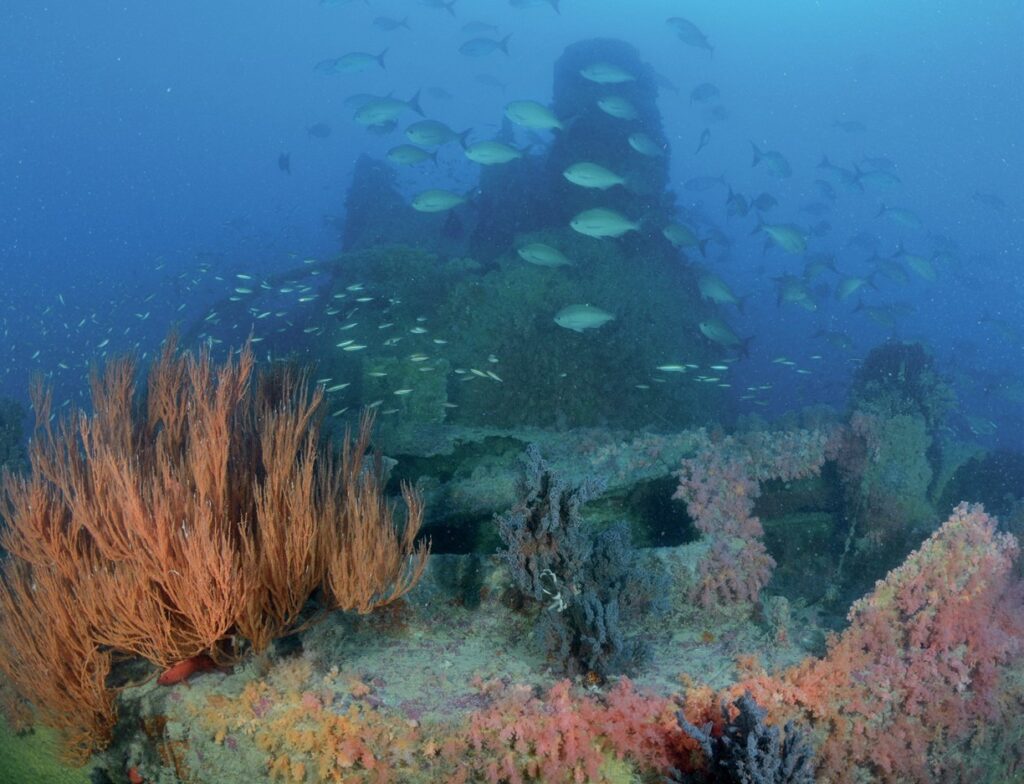
The superstructure itself remained remarkably intact and wheelhouse, mess, kitchen and cabins on bow and stern all can be penetrated by careful divers, just like the four empty double-store cargo holds.
However, the engine room is off limits for divers with non-closed circuit as bubbles will trigger rust and other particle run-off from the roof, which will obstruct the view and pose a risk for following divers at that depth.
And the depth exactly is why the majestic Cape Clear is not destined to become the ‘next Thistlegorm’. The remains of the cranes at 40m-ish are the shallowest parts, while the bottom is at 62m.
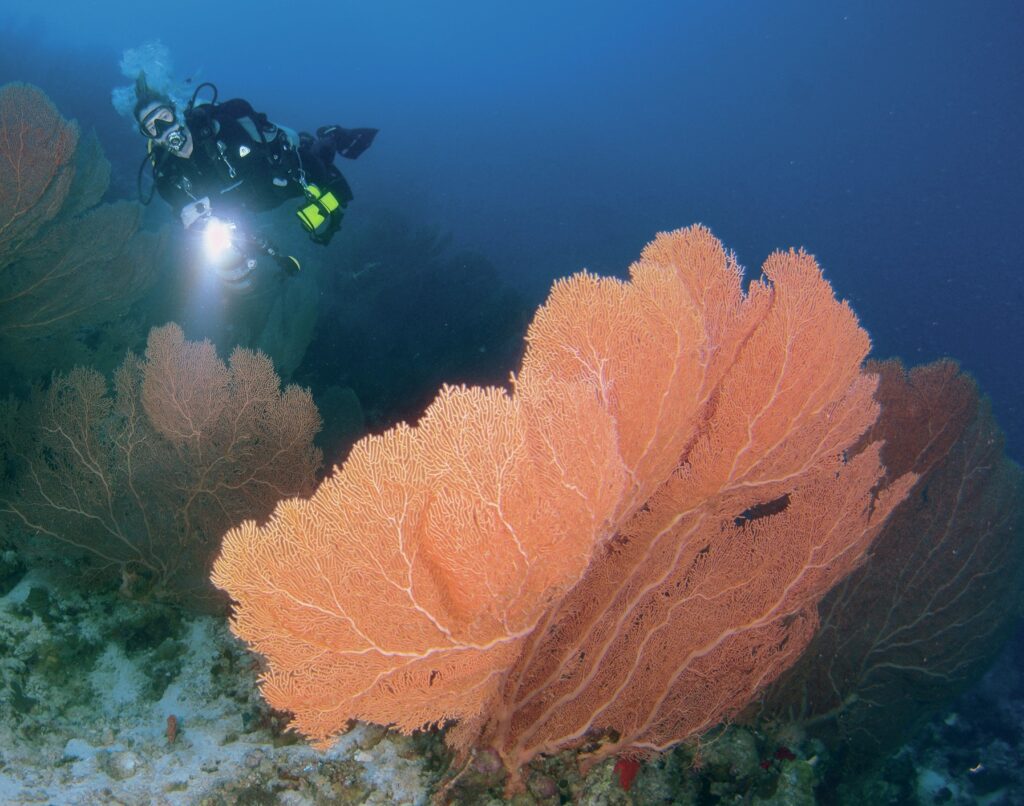
There is no way around it – this is a dive for experienced wreckies with tech diving experience. Even with a scooter, drysuit and preferably rebreather and trimix, it will several dives to get the bigger picture.
One more reason why Cape Clear is the centrepiece of this trip. It is more than worth it – facing the wreck down there is like a rollercoaster of emotions. Adrenaline, awe, sheer privilege, and a taste of pioneer feeling make for a magic cocktail that no serious diver can resist.
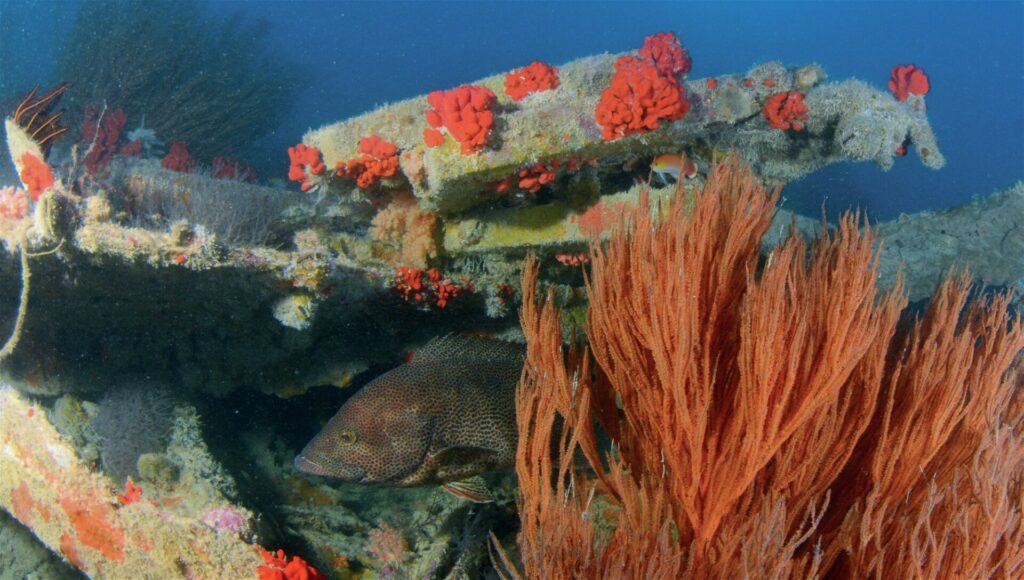
The stuff that turns divers into wreck divers, the same way cenotes do for caves. Some 20 minutes of decompression and an appreciated hot shower later, it’s time to chat with the cheerful challengers of Cape Clear and the restless crew, who do a fabulous job.
Nearly every buddy team arrived with a different equipment set-up and demand individual gas mixes – and blending them all is a task only a meticulous and experienced person can handle.
With additional 20x 50-litre tanks oxygen, 5x 50-litre tanks trimix, 70x 12-litre tanks as stages next to a few standard 15-litre tanks, double-tanks, Poseidon and rEVO rebreathers and several scooters, the diving deck looks slightly different than the average Red Sea dive trip.
As with all nine wreck exploration safaris before, the tour is explicitly non-guided and requires at least Advanced Nitrox qualification. It’s hardly surprising most guests for the companies’ 10th wreck exploration trip are repeaters and the kind of adorable adventurers that draw maps of their discovery and yet bring gifts from Europe to their trusted host-friends, Moni and her seaworthy dog, Hatshi.
“I would be very surprised if anyone dived Cape Clear since my last visit in 2019, it has not changed at all,” says Klaus Schneider, who participated in five explorer trips by Omneia and, at 15 dives on the wreck, is possibly the proficient person in this respect.
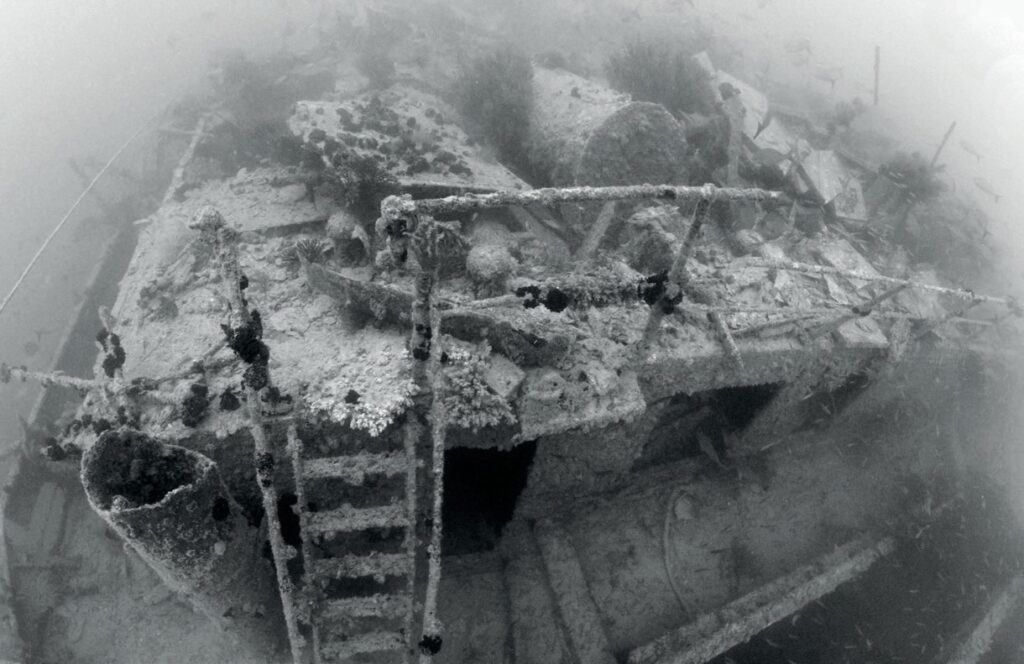
“With the structure intact, the amount of life and the artefacts still present, it’s basically the ideal wreck to me – possibly, Rosalie Moller looked similar many years ago – and also, I don’t rather dive with any other company than with Moni’s, as everything is cared for and being organized from gas to lime.”
The relationship between guests and host is clearly more than friendly – it’s one of trust.
After all, Moni Hofbauer is a seasoned Red Sea veteran, with 28 years of professional experience, and she is one of the few people who worked their way up from dive guide to owner of two liveaboards, Spirit of Omneia and Soul of Omneia.
Mutual trust is indeed a key factor, especially when nature just says no. Moni’s blank expression before the briefing for the second dive speaks volumes: “Guys and girls, I am sorry, but we’ve just received a heavy wind warning and the next will be the last dive on Cape Clear for this trip. Remember, there is no shelter out here.”
Plans to capture the first panoramic shots and HDR images on this wreck are literally swept away within seconds, not to mention obvious must-do subjects such as propeller, bow, the anti-aircraft gun on the stern, dinner plates, washing basins and what-not else.
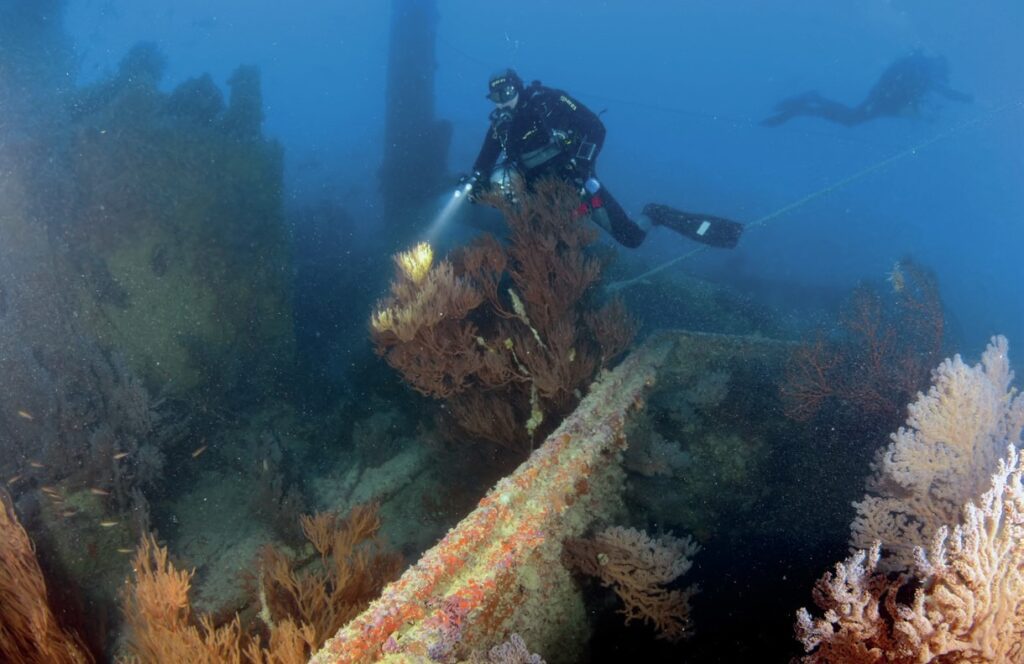
But now, late in the afternoon, the wreck itself sits in almost pitch-black darkness, visibility is down to less than ten metres and a strong current has us circumnavigate not only the wreck itself, but countless ropes and fishing lines wrapped around it.
Funny enough, this is almost how Cape Clear was first located – on an exploration trip for another wreck, the drift anchor hit the hull and crew divers trying to resolve the issue would hardly believe their own eyes.
While we set motion for the Straits of Tiran to dive sheltered yet spectacular sites such as the triple-arched Thomas Canyon and Woodhouse Reef’s Black and White Lady, it is Monika who has the most soothing words to go with a cold Sakara sundowner:
“Hey, cheer up, the dates for the next trip to Cape Clear are already set for next May. Longer days and hopefully better seas.”
The next Explorer Trip on Soul of Omneia, from/to Hurghada, including dives on Cape Clear, is 9-16 May 2024. The price is €1,399 per person, including twin lower deck cabin, diving, all meals and soft drinks. Specific tech support on request.
This article was originally published in Scuba Diver UK #76.
Subscribe digitally and read more great stories like this from anywhere in the world in a mobile-friendly format. Linked from Cape Clear
